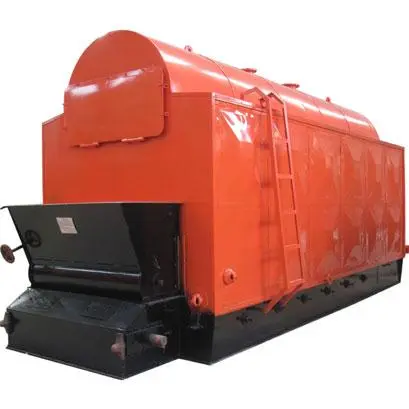
Dek . 31, 2024 04:56 Back to list
Analyzing High Pressure Steam Pricing Trends and Market Factors
The Economics of High-Pressure Steam Understanding Pricing Dynamics
High-pressure steam has become an essential component in various industrial applications, playing a crucial role in processes such as power generation, chemical production, and heating systems. Its price is influenced by a multitude of factors, including production costs, demand levels, and market competition. Understanding the economics of high-pressure steam pricing can help businesses and consumers make informed decisions regarding their operations and investments.
One of the primary drivers of high-pressure steam prices is the cost of production. The production process of high-pressure steam typically involves heating water in boilers to generate steam at elevated pressures. The costs associated with this process can vary significantly based on the type of fuel used, maintenance of equipment, and efficiency of the boiler systems. Fossil fuels, such as natural gas and coal, remain the predominant sources of energy for steam generation, but fluctuations in fuel prices due to geopolitical factors, environmental regulations, and market demand can have a direct impact on steam prices. In recent years, the transition towards renewable energy sources has also altered the landscape of production costs, with many industries exploring options like biomass or electric boilers for steam generation.
Economic principles of supply and demand also play a significant role in determining high-pressure steam prices. In times of high industrial activity, such as during economic booms, the demand for high-pressure steam tends to increase as factories and power plants ramp up production. Conversely, during economic downturns, demand may decline, leading to a surplus of steam and, subsequently, lower prices. Seasonal variations in demand for steam—such as higher heating requirements during the winter months—can also influence pricing dynamics.
high pressure steam price

Importantly, regional differences in steam pricing can arise due to variations in infrastructure, regulatory environments, and local market conditions. In regions where industrial growth is rapid and energy supply is strained, high-pressure steam prices may be significantly higher compared to areas with ample energy resources and established infrastructure. Additionally, stringent environmental regulations can force industries to invest in cleaner, but often more expensive technologies, adding further upward pressure on steam prices.
The competition among suppliers is another critical element influencing high-pressure steam pricing. In markets with many producers, increased competition can lead to more favorable prices for consumers as suppliers strive to attract customers. On the other hand, in markets dominated by a few major players, the potential for price collusion and manipulation can lead to inflated steam prices. The development of long-term contracts between producers and consumers also adds a layer of complexity, as price stability may be traded off for flexibility and responsiveness to market shifts.
Emerging technologies also play a role in shaping the future pricing of high-pressure steam. Innovations in boiler design, energy storage, and automation can lead to increased efficiency and reduced production costs. Furthermore, as industries adopt cleaner technologies such as cogeneration and electrification, the demand for traditional high-pressure steam may evolve, impacting its price dynamics.
In conclusion, the pricing of high-pressure steam is a multifaceted topic influenced by production costs, market demand, regional variances, supplier competition, and technological advancements. For industries relying heavily on steam, understanding these intricate relationships is vital for strategic planning and cost management. With the ongoing changes in energy markets and technological progress, the future landscape of high-pressure steam pricing remains a critical area of focus for both producers and consumers alike. As the world continues to navigate the complexities of energy consumption and sourcing, the implications of high-pressure steam pricing will undoubtedly shape the industrial landscape for years to come.
-
High-Efficiency On-Off Steam Boiler for Reliable Heating Solutions Compare with Off Boiler Water Heaters & Steam Generators
NewsJun.24,2025
-
Best Steam Boiler Design PDF Free Design Calculation & Diagram Downloads
NewsJun.10,2025
-
Hot Boiler Water Heater Efficient Heating Solutions for Home & Commercial Use
NewsJun.10,2025
-
Steam Boiler Safety Devices High-Quality Protection Valves
NewsJun.10,2025
-
Ultimate Steam Boiler Checklist for Safety & Efficiency
NewsJun.10,2025
-
Optimal Hot Water Boiler Temperature Setting Guide
NewsJun.10,2025
Related PRODUCTS






















